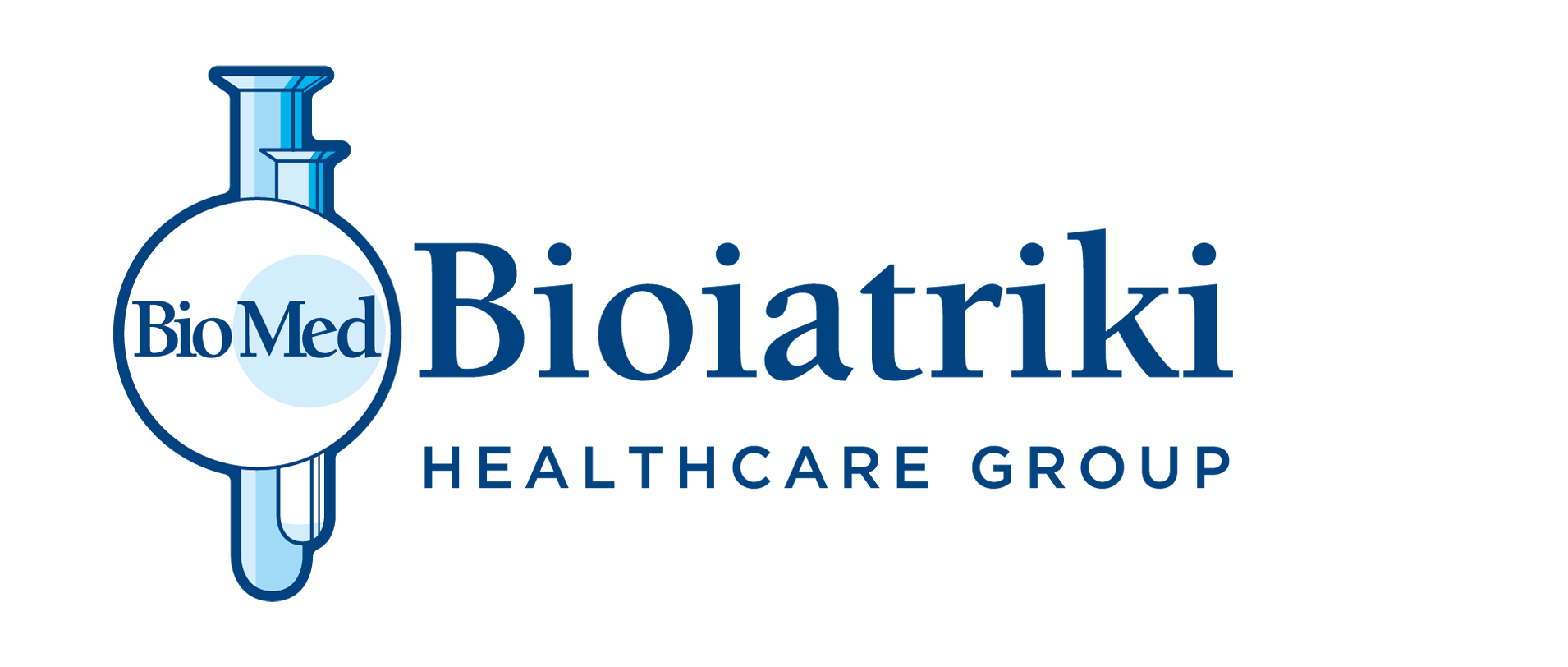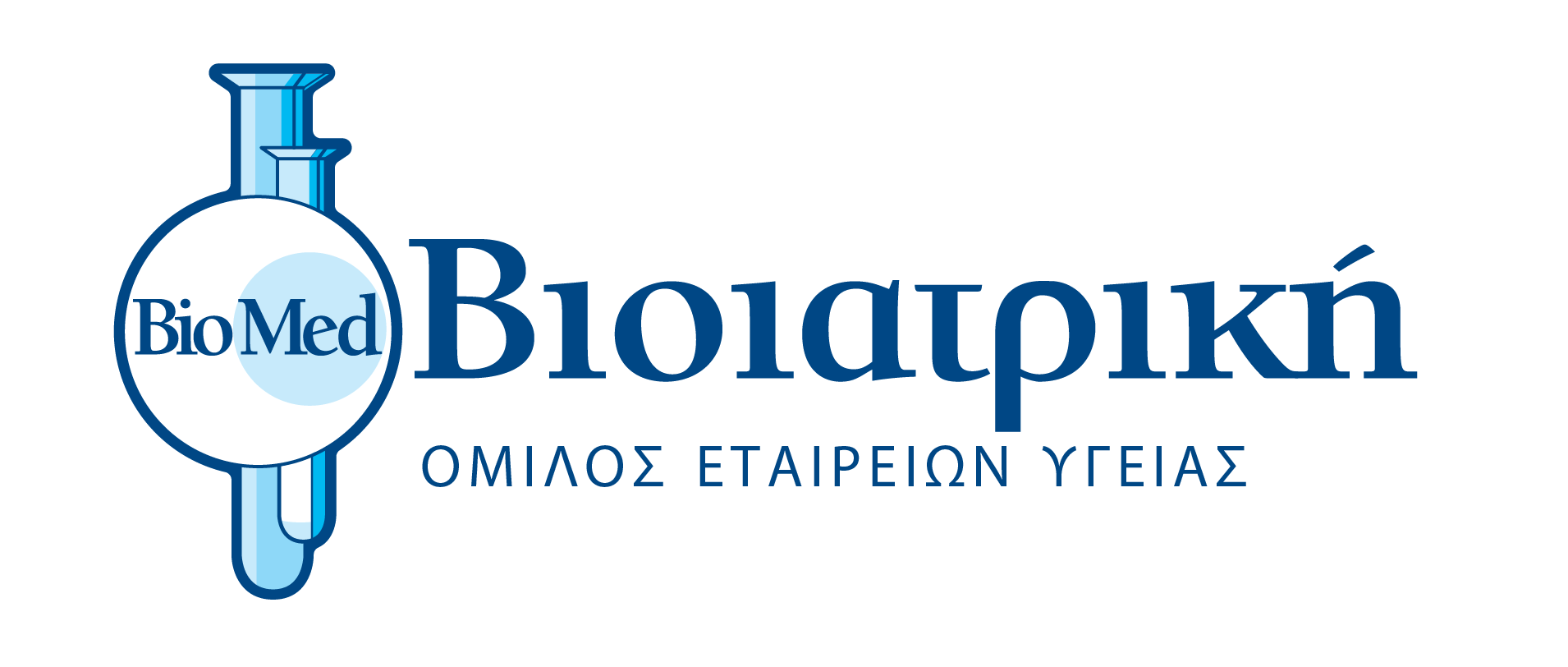
*by Dr. Nikolaos Georgalis
Breast cancer is the most common cancer in women. In time detection may result to the selection of less invasive treatment techniques and significantly help to maximize the patient’s survival. Early or subclinical breast cancer (small tumor, negative for lymph nodes or metastases) has an excellent prognosis and cure rates (5-year survival 99%).
Today, for the detection of breast cancer, regardless the age, the type of breast, and the patient’s medical (individual or family) history, the single, worldwide accepted test is mammography (digital and/or magnetic). Annual mammography is recommended of women with low to medium breast cancer risk from the age of 40 up to seven years of life expectancy. For women with high risk of developing breast cancer, mammography is recommended from the age of 35 (digital combined with magnetic).
Breast MRI is appropriate for women who belong to high-risk groups due to genetic predisposition, individual or family medical history, and those who have increased breast density as it is a strong factor for the manifestation of the cancer. Furthermore, breast MRI is performed on women with breast implants as a complementary technique to solve diagnostic issues, and as pre-operative control.
The sensitivity of digital mammography, under perfect technical and scientific conditions is 79.9%. More specifically, per breast density type, the sensitivity of the technique ranges from 100% in ACR1, 83.9% in ACR2, 72.9% in ACR3 and up to 50% in ACR4, where ACR1 refers to breasts with low density and ACR2 to moderate , ACR3 in high and ACR4 in breasts with extremely high gland density. It is worth noting that the sensitivity of the technique decreases in patients under hormone therapy, and in younger women (40-50 years old).
With the aim of increasing the sensitivity to detect a greater number of lesions in the breast, new techniques have been developed worldwide. The main one is already included in screening, and it is known as Digital Breast Tomosynthesis (DBT).
During digital, two two-dimensional (2D) pictures for each breast are captured. Therefore, there is a risk that some pictures may not be clearly visible (especially in dense breasts) due to the possible projection of fibro-glandular tissue (overlap of cancer/glandular mass). On the contrary, in DBT, multiple low-dose, 1mm-thick sections are taken, which, with the help of special software, are converted into a 3D mammogram, and into reconstructed 2D images. This technique allows additional evaluation of the findings section by section, ensuring the detection of small or hidden (due to projections) lesions. Statistically, DBT detects 2 additional cancers per 1000 mammograms.
Advantages of DBT:
– Increases the detection of cancers by more than 65%. Scientific studies have also shown that 91% of cancers that are detected only with DBT are invasive, that is, cancer that is not limited to the breast cells, but to the surrounding tissues as well.
– Increases by 65% – 79% the detection of cancers that were present, but not diagnosed in a previous mammogram.
– Improves the characterization of lesions, especially in cases of breast architectural distortion due to the presence of a mass, and in the detection and characterization of calcifications.
– Reduces the number of re-visits and unnecessary biopsies.
– Reduces the rates of false positive results.
Disadvantages
-The biggest disadvantage of DBT is the increase in radiation dose, which, however, through new techniques, such as reconstructive images, which replace conventional 2D scans, the dose is reduced to levels that are safe for the patient. This program is approved by the FDA for diagnostic use and is installed on the systems of BIOIATRIKI Healthcare Group in Cyprus.
-The required extra time for both the duration of the procedure and the diagnosis is another disadvantage. However, the addition of CAD (computer aided diagnosis) software could help significantly with this issue.
In conclusion, DBT as a breast imaging method can be a valuable diagnostic tool for the detection of even earlier forms of breast cancer. Its proper use leads to reliable diagnoses and contributes to the significant improvement of therapeutic procedures, and to the reduction of mortality from breast cancer as well.
* MD Radiologist at Alpha Evresis Diagnostic Center, BIOIATRIKI Healthcare Group in Cyprus.
References
Eur Radiol. 2017 Jul;27(7):2744-2751. doi: 10.1007/s00330-016-4636-4.
Epub 2016 Nov 7. Digital mammography screening: sensitivity of the
program dependent on breast density Stefanie Weigel 1, W Heindel 2, J
Heidrich 3, H-W Hense 3 4, O Heidinger 3
Bouwman, R. W. and al., et. 2015, Physics in Medicine & Biology, pp.
7893-7907
NHSBSP Equipment Reports 1306, 1404, 1307, and on Fujifilm
AMULET Innovality









